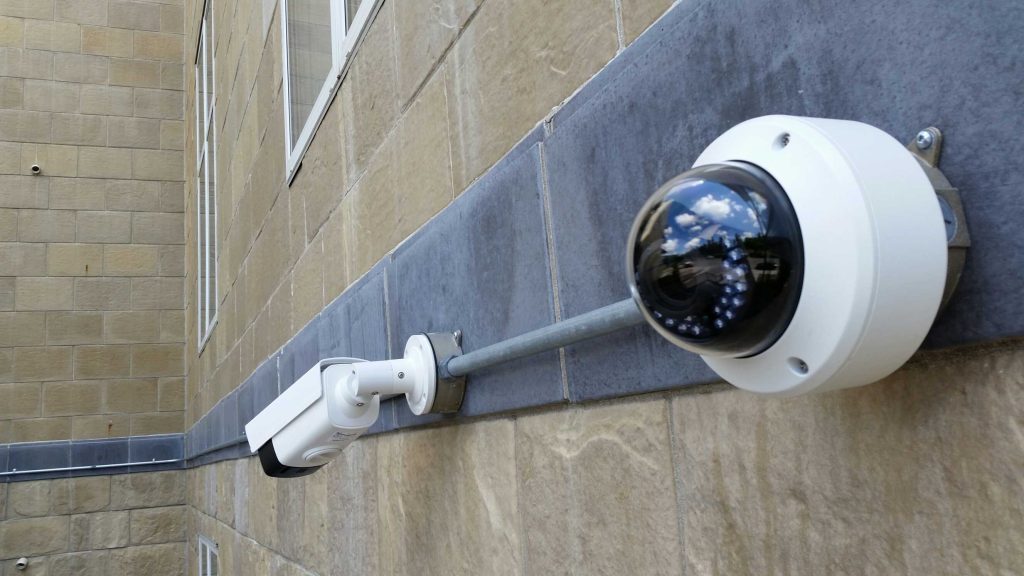In the ever-evolving landscape of security, the integration of advanced technology has become pivotal in ensuring the safety and surveillance of various environments. Among the technological marvels transforming the face of security, security cameras stand out as indispensable tools that have undergone significant advancements. The traditional concept of surveillance cameras has transcended mere passive observation; they have evolved into intelligent systems capable of proactive threat detection, real-time analysis, and seamless integration with other security measures. One of the most profound changes in security cameras is the adoption of artificial intelligence AI and machine learning algorithms. These technologies have empowered security cameras to move beyond simple video recording to actively identify and respond to potential security threats. Facial recognition, object detection, and behavior analysis are just a few capabilities that AI brings to security cameras, enabling them to distinguish between normal activities and suspicious behavior. This shift towards proactive monitoring has significantly enhanced the effectiveness of security systems, providing a more robust and responsive defense against potential risks.

Moreover, the integration of high-resolution imaging and advanced optics has elevated the quality of surveillance footage. High-definition cameras coupled with night vision capabilities ensure that security personnel have access to clear and detailed images, even in low-light conditions. This enhancement not only aids in the identification of individuals and incidents but also acts as a deterrent, as the increased visibility serves as a potent deterrent to potential wrongdoers. Furthermore, the advent of Internet of Things IoT has led to the development of interconnected security ecosystems. Modern security cameras are often part of a larger network of devices and sensors, creating a comprehensive and interconnected san antonio security cameras infrastructure. This interconnectedness enables real-time communication and data sharing between different components of the security system, facilitating a more coordinated response to security incidents. For instance, a security camera can trigger an alarm, alerting authorities, and activating other security measures when unusual activity is detected.
The evolution of security cameras is not only limited to their technical capabilities but also extends to their physical design. Manufacturers are now producing more discreet and aesthetically pleasing camera designs, making them blend seamlessly into their surroundings. This not only enhances the overall aesthetics of the monitored space but also prevents potential intruders from easily identifying and circumventing surveillance. Despite these technological advancements, the proliferation of security cameras has raised concerns about privacy and ethical implications. Striking a balance between enhanced security measures and individual privacy is a crucial aspect that requires careful consideration and regulation. As security cameras continue to evolve, it is imperative for stakeholders to address these ethical concerns and implement safeguards to ensure responsible and lawful use. In conclusion, security cameras have undergone a remarkable transformation, becoming dynamic and intelligent tools that play a pivotal role in modern security infrastructure. The integration of AI, high-resolution imaging, and IoT technologies has empowered security cameras to proactively detect and respond to potential threats, making them indispensable in safeguarding diverse environments.
